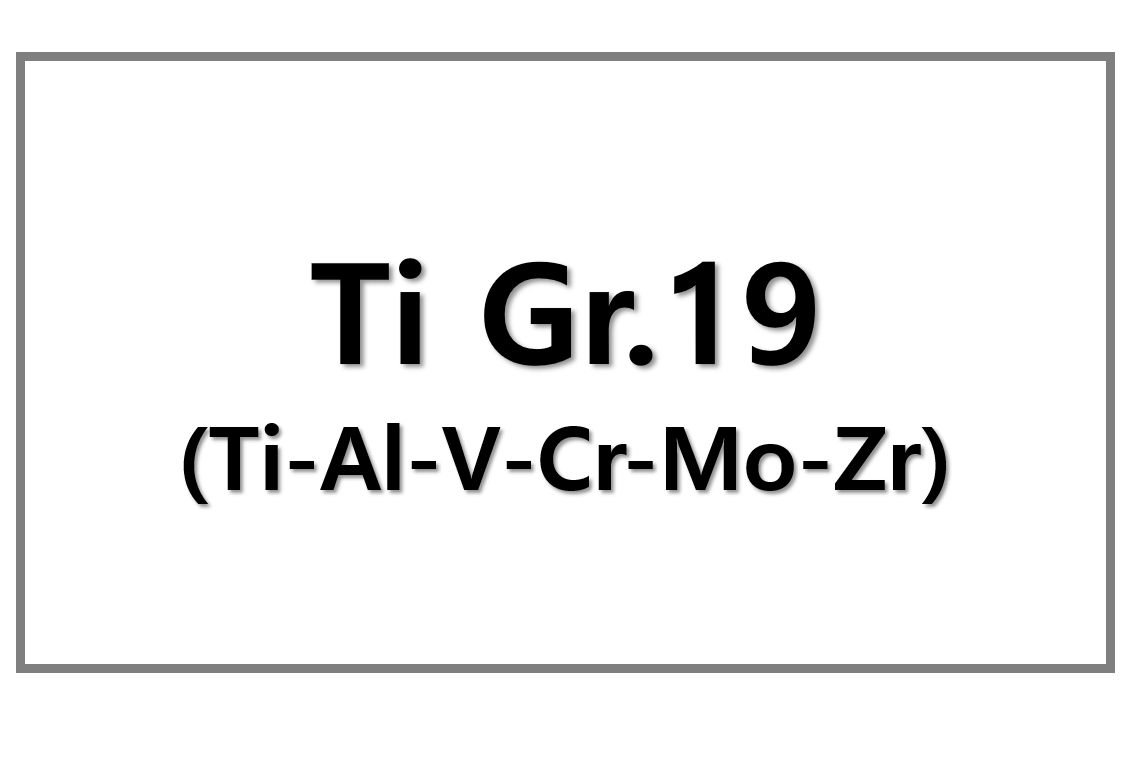
LME report highlights significant price drops across the board, with cobalt and aluminum alloys as exceptions
Overall Decline in Nonferrous Metal Prices
A recent report from the London Metal Exchange (LME) shows a sharp decline in the value of most nonferrous metals traded in November. Copper, one of the most widely traded metals, lost 4.9% of its value last month, contributing to a broader trend of falling prices in the sector. Tin suffered the biggest loss, dropping 7.6%, while nickel followed with a 6.3% decrease. Zinc and lead also faced declines, shedding 3.3% and 2.3% of their value, respectively. The price drops reflect the broader challenges in the nonferrous metals market, driven by various economic pressures and reduced demand.
Cobalt and Aluminum Alloys Buck the Trend
In contrast to the broader downtrend, a few metals saw price increases in November. Cobalt was one of the few to show a gain, with its cash settlement price rising 0.3% from October. This small but positive movement suggests a steady, albeit cautious, demand for cobalt, which is essential in various high-tech and green technologies. Aluminum alloys also performed better, with the LME aluminum alloy contract price rising 1.1%. However, primary aluminum itself dropped by 0.6%, indicating a mixed outlook for the aluminum sector. The North American Special Aluminum Alloy Contract (NASAAC) remained stable, reflecting steady demand in that segment.
Inventory Trends: Lead and Primary Aluminum Stockpiles Grow
Inventory levels at LME warehouses saw significant growth across many nonferrous metals, reflecting rising supply and potential stockpiling. Lead inventories increased by over 82,000 metric tons, while primary aluminum stocks grew by more than 42,000 metric tons in November. These increases suggest that manufacturers and traders are preparing for future demand or addressing supply chain uncertainties. In contrast, copper and aluminum alloy inventories barely budged, with copper stock rising by just 650 metric tons and aluminum alloys seeing an increase of only 20 metric tons.
Active Trading in Primary Metals
Despite the overall decline in prices, trading activity for primary metals remained robust. The LME saw the most activity in primary aluminum, with over 297,000 lots traded in November, followed by copper (153,000 lots) and zinc (117,000 lots). This suggests that market participants are still engaging in high-volume transactions, possibly driven by hedging strategies or a wait-and-see approach to future market conditions.











Leave a Reply
You must be logged in to post a comment.